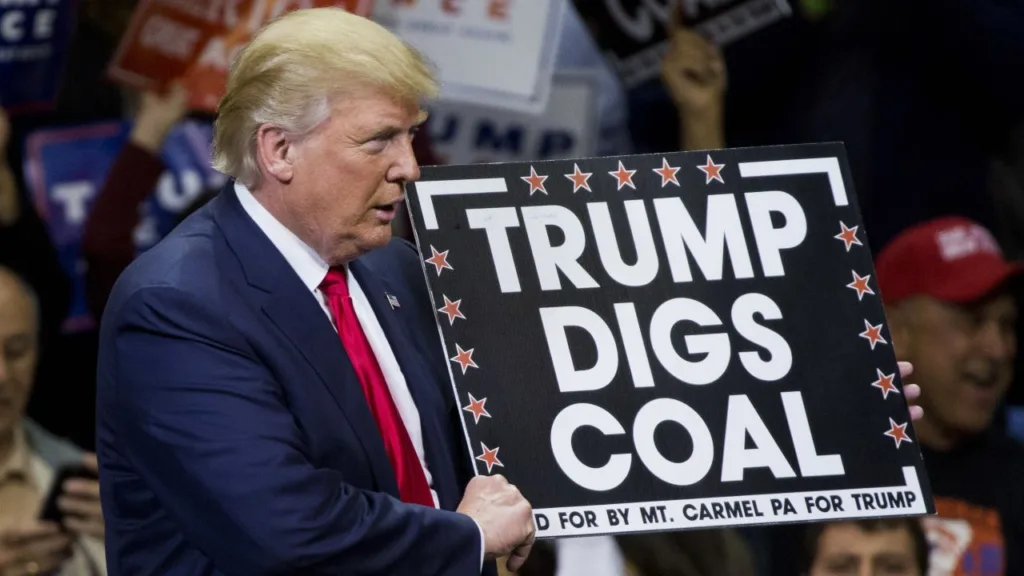Since November, the US has undoubtedly been undergoing one of the most intense polarizations in modern history. The resurgence of certain advocacy groups, particularly those on climate change concerns have ignited new debates within the scientific community regarding the urgent role of government in addressing environmental policies. Fueled by Trump’s iconic campaign slogan, “Drill, Baby, Drill, ” many climate change skeptics have rolled back even harder when it comes to voting for green alternatives, presenting the rising importance of understanding the risks that may front as a result of this conservative philosophy.
Although media coverage on global warming has been dying down, it remains vital to realign our perspectives on this issue. The implications of climate change as a ‘positive good’ by legislators strays us from possible solutions that will become worthless within a few years in an irrevocable manner. The messages conveyed by our country’s leaders, in which they advocate for fossil fuel production and the deregulation of US carbon emissions, reflect a growing misguided perception of our nation, effectively placing it on a pedestal while allowing Americans to bear the consequences. But what does this actually entail?
Worry regarding climate change is justified, as human-induced climate change is not a prospective issue lacking historical context. Continuous observations have clearly demonstrated that the production of greenhouse gases (GHGs) is the primary driver of alterations in the climate system and its effects on our environment. According to NOAA, GHGs constitute merely 1% of all air molecules in the atmosphere; however, the amount of heat energy they absorb is in significant amounts– part of it being re-radiated back toward the surface. There are several compounds of GHGs, namely CO2, CH4, N2O, and fluorinated gases. By slowing or hindering the loss of heat, these gases contribute to the warming of the Earth—an essential process for sustaining life. While their natural presence in our atmosphere creates optimal conditions through Earth’s natural greenhouse effect, human activities, particularly the burning of fossil fuels (such as coal and oil), amplify this process and disrupt the planet’s energy balance.

As a result, the increased concentration of these gases alters weather patterns, oceans, and ecosystems by shifting temperature and precipitation patterns, raising ocean temperatures, sea levels, and acidity, and accelerating the melting of glaciers and sea ice. These changes also lead to fluctuations in the frequency, intensity, and duration of extreme weather events, as well as shifts in ecosystem characteristics. Individuals in certain geographic locations face heightened vulnerabilities to these impacts. For instance, in Florida, residents are increasingly susceptible to catastrophic hurricanes due to warm waters, an extensive coastline, and atmospheric high-pressure systems. They are now experiencing intensified winds and rainfall, further exacerbated by rising sea levels.
During Trump’s first campaign in 2016, he was vocal about his opposition to environmental advocacy and climate legislation. His unwavering support for polluters raises questions about his genuine concern for public health and suggests he may continue to disregard scientific consensus. With these drawbacks in mind, can we trust others’ promises to turn green or will the U.S. remain dependent on oil and gas? Although a pivot toward sustainability could be underway, it is evident that the Trump administration prioritized reducing environmental regulations while downplaying the risks to America’s environmental future. It may be too soon to draw definitive conclusions, but it is reasonable to deduce that indications of Trump’s agenda, supported by his conservative allies in Congress, will hinder the United States’ transition to clean energy.
References
https://www.climate.gov/ghg/what-are-greenhouse-gases-and-why-do-they-matter
https://www.epa.gov/climatechange-science/basics-climate-change#othergases

